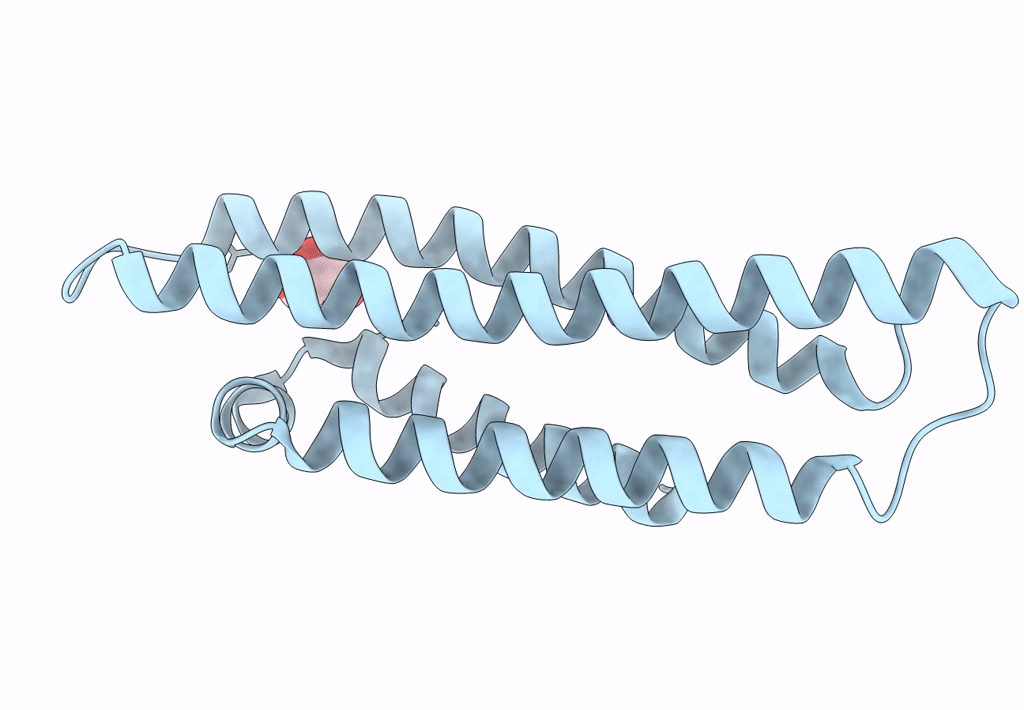
Deposition Date
2023-02-01
Release Date
2023-07-19
Last Version Date
2024-06-19
Entry Detail
Biological Source:
Source Organism:
Escherichia coli (Taxon ID: 562)
Homo sapiens (Taxon ID: 9606)
Homo sapiens (Taxon ID: 9606)
Host Organism:
Method Details:
Experimental Method:
Resolution:
1.75 Å
R-Value Free:
0.21
R-Value Work:
0.19
R-Value Observed:
0.19
Space Group:
P 21 21 21


